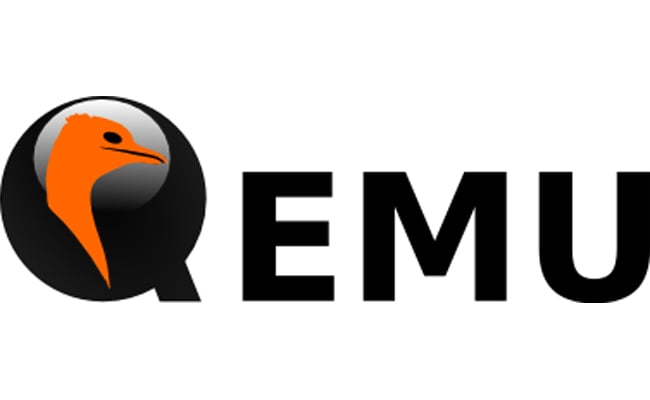

If you need to SSH onto the system, you can add the following settings to the QEMU command: -net user,hostfwd=tcp::2222-:22 -net nic.Restart the system and the screen should then be big enough to increase the resolution in the Devices section of settings. Right click on the desktop and open a terminal then run sudo apt update and sudo apt upgrade to install updates. On first boot after installing Ubuntu, the screen resolution might be too low.Ubuntu should now be installed and it should run fast on macOS since we enabled hardware acceleration by specifying the -accel hvf option. The command above assigns 2 GB to the virtual machine. Note: You can increase or decrease the memory with the -m option. Remove the following line from the start.sh script: -cdrom ubuntu-18.04.3-desktop-amd64.iso \ Step 7: Reboot without Ubuntu ISO attached
#Installing qemu system how to#
The README file has documentation as to how to build these. You will need to have an ARM cross-compiler. If you do not have one, download one from CodeSourcerys web-site, install it and ensure that is it in your path.xport CROSSCOMPILEarm-none-linux-gnueabi. When asked to remove the installation medium, power off the machine and in the next step we’ll adjust the command to power on the VM without the CD-ROM attached. Qemu system arm password Qemu system arm install. Wait for the installation to complete then click Restart Now.

Specify your username, machine name and password then click Continue. Select Erase disk and install Ubuntu then click Install Now. Note: It is necessary to restart QEMU each time the RTOS executable is rebuilt. At this point QEMU is waiting for a GDB connection - return to the demo specific documentation page for information on starting a debug session. Select Minimal installation and then click Continue. Once running, QEMU will display a window as shown below. Select your language and keyboard layout. Hopefully if everything went to plan with the above command you should be presented with the Ubuntu installer.


 0 kommentar(er)
0 kommentar(er)
